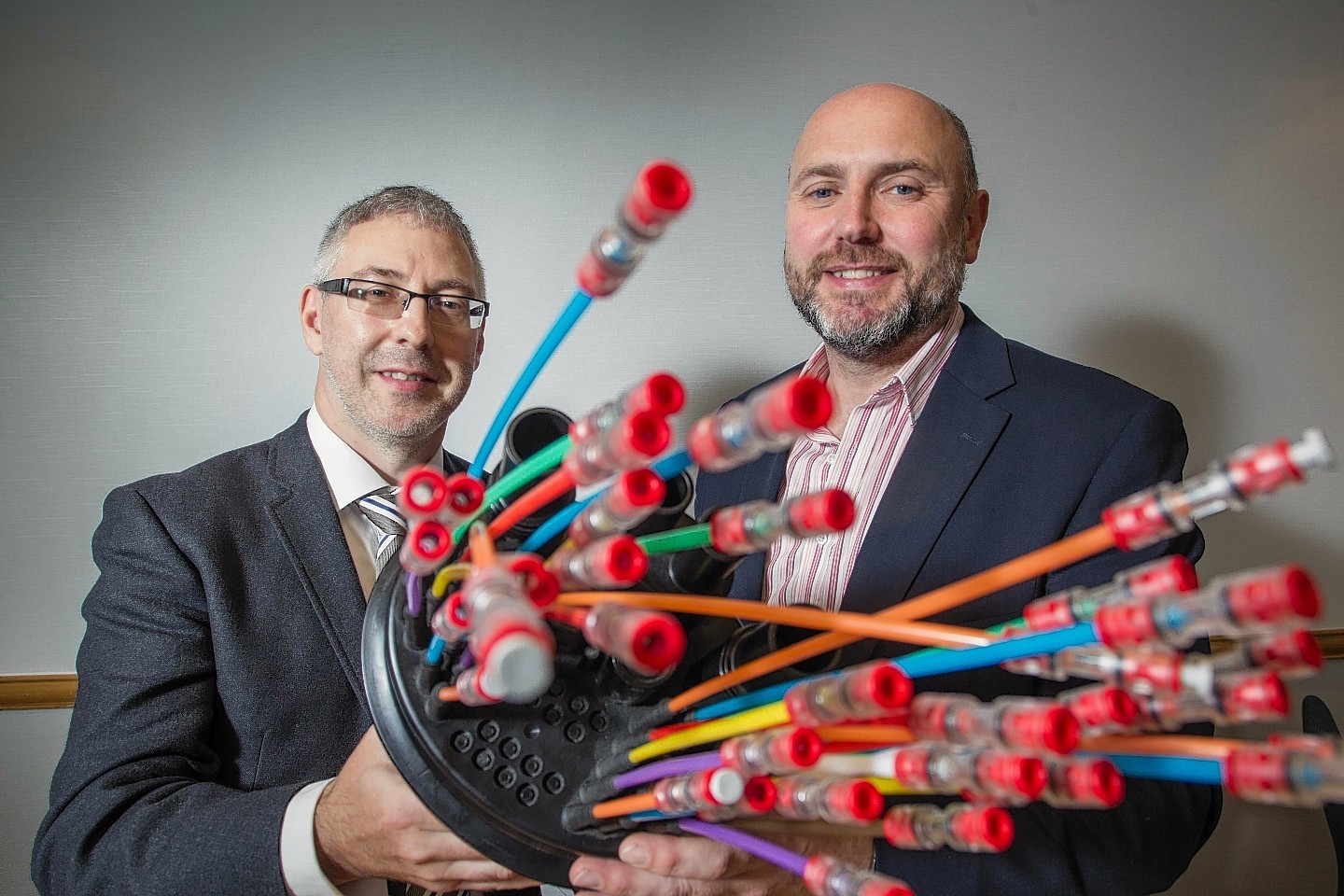Aberdeen remains on course to become Scotland’s first “gigabit city” after 177 businesses registered to use a new fibre-optic network.
Internet for Business (IFB), the service provider founded in 1996 by pharmacy entrepreneur John Michie, unveiled plans for its network in September.
Since then nearly 200 businesses have registered to be connected to the service, including companies operating in the oil and gas, financial services and retail sectors.
Graeme Gordon, chief executive at Aberdeen-based IFB, told the Press & Journal: “It’s a very healthy start to the programme and is ahead of schedule in our planning.
“Over the next three-to-five years, we’re looking to sign up thousands rather than hundreds of business customers.”
IFB has about 4,500 business connections in the UK, with many of them around Aberdeen.
Construction work on the “Aberdeen Core” programme is due to begin next month, with the first customers expected to be connected in May.
Initially the network – which promises speeds of one gigabit or 1,000 megabits per second – will cover the city centre, before being expanded out to include the city’s industrial estates.
Mr Gordon added: “The first parts of the network will be built in the metropolitan area before being extended to all of the industrial estates – including Kingswells, Westhill and Portlethen – over the next 12 to 18 months.
“We’ll then start on more speculative developments, including the Energetica corridor north of Aberdeen.”
He said that prices for network connections would start at under £10,000 a year.
Mr Gordon added that both Aberdeen and Aberdeenshire councils had been supportive of the project.
Aberdeen Core is a brand new fibre network that does not use existing infrastructure but instead connects optical fibre cables to customers’ buildings.
Optical fibres use beams of light to transmit digital signals, making them faster than the electrical impulses that run along older copper wires.
IFB has teamed up with Aim-quoted CityFibre to build the network in Aberdeen, which will also run close to hospitals and schools and which will allow for the upgrading of mobile phones masts from 3G to 4G.
CityFibre – which is working on similar “gigabit city” projects in Coventry, Peterborough and York – has already laid more than 18,000 miles of optical fibre in the UK, covering 60 areas including Ayr, Dundee and north-east Fife.
The company was floated on the Alternative Investment Market last year having been founded by American serial telecoms investor Greg Mesch.
Mr Mesch helped Irish billionaire Denis O’Brien set up Esat Telecom, which was sold to BT for £849million in 2001, before launching fibre optic company Versatel Telecom in Belgium, Germany and the Netherlands, which was bought by Tele2 for £923million in 2005.
